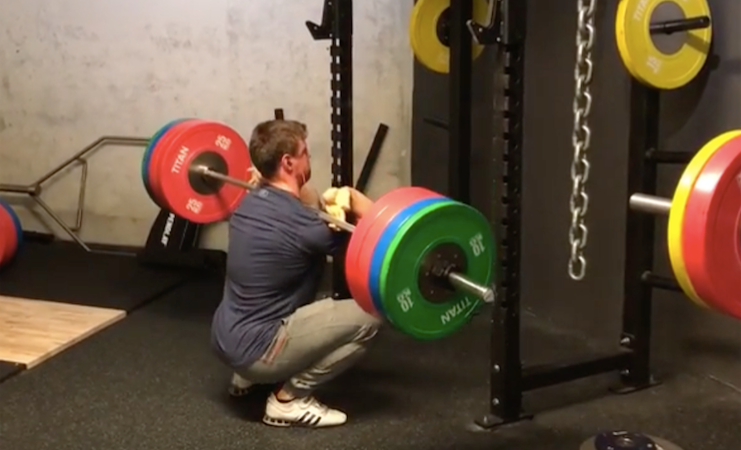In the YPSI we attach great importance to clean exercise execution. This means adhering to the set movement speed and moving the weight over the complete range of motion of the respective exercise. The opposite can be observed in many gyms. In order to be able to move heavier weights, the trainee limits the range of motion and only trains over a part of the exercise.
A July 2016 study in the Journal of Strength & Conditioning Research found that, despite using lighter weights, there is more muscle damage and soreness when using a full range of motion than when using a significantly reduced range with more weight .
More damage results in higher protein synthesis, making it one of the most important factors in muscle building.
Thus, a full range of motion is usually preferable to using heavier weights.
A full range of motion means:
- to let yourself hang completely at the bottom when doing a pull-up.
- crouching completely when squatting.
- to contract the triceps during bicep curls in the bottom position.
- Touch your chest with the barbell while bench pressing.
- touching the trapezius muscle with the barbell during the neck press, etc.
Exceptions are exercises in which the range of motion has been specifically limited to ensure better technique or to emphasize a weak point. Examples of this are rack deadlifts or the pin press. However, for the majority of the workout, exercises should be performed through the full range of motion to ensure muscular stability of the joint(s) involved in the exercise and to provide maximum stimulus for muscle growth.
Good luck in using the full range of motion for more progress in training!
Image: Personal trainer Thomas Dybdahl from Aarhus, Denmark uses the full radius on front squats for maximum training effect.

